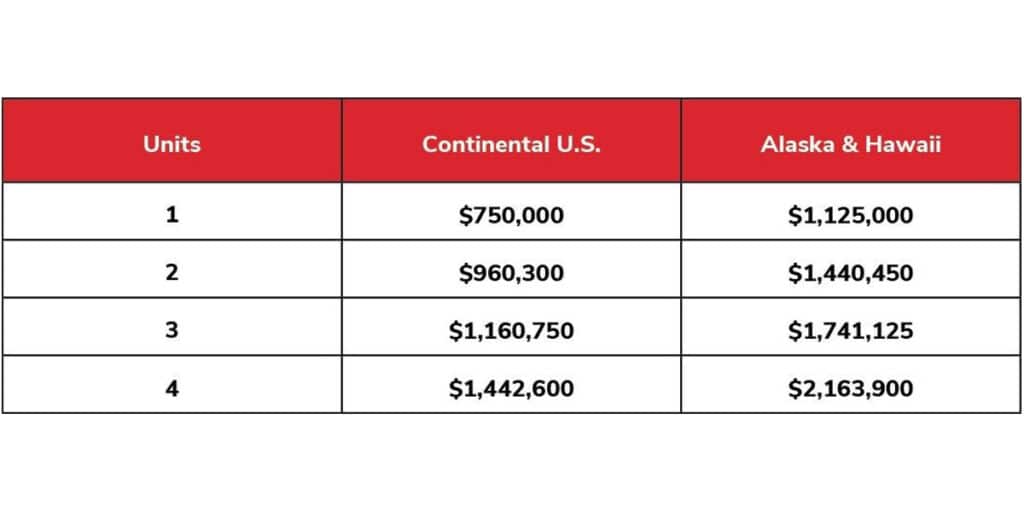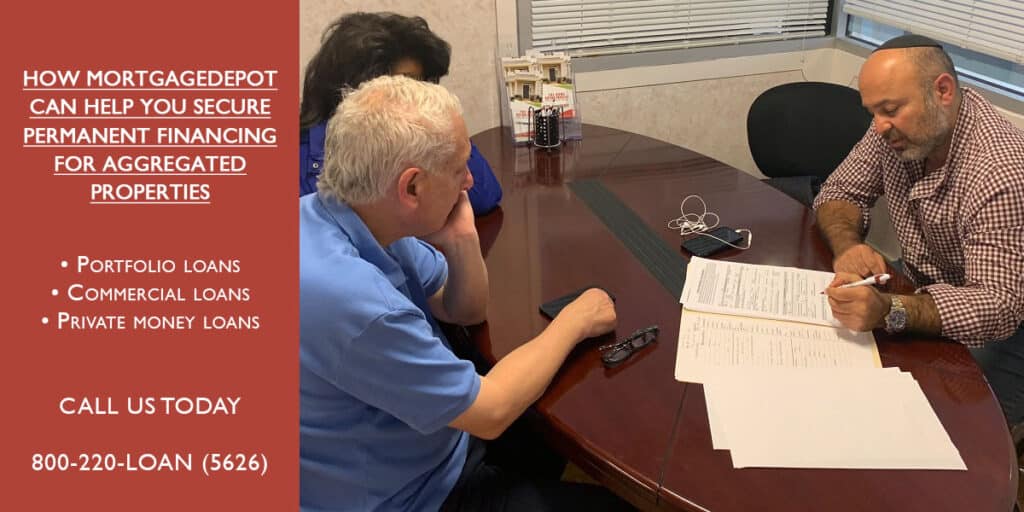
The Federal Housing Finance Agency (FHFA) has announced a significant update to conforming loan limits, boosting the threshold by nearly $132,000 since 2016. This move is set to impact the housing market, enabling more Americans to access affordable financing options and support the real estate industry’s growth. In a press release issued, the FHFA unveiled its decision to raise the conforming loan limits for Fannie Mae and Freddie Mac to more than $750,000. This change will particularly affect most of the United States, with the 2024 maximum conforming loan limit being elevated to $750,000, up from the 2020 level of $510,400.
What’s remarkable is that this marks the eighth consecutive year that FHFA has increased the conforming loan limits. Notably, this comes after a decade-long period from 2006 to 2016 when these limits remained unchanged.
To put this into perspective, in 2016, the FHFA initiated the first increase in Fannie and Freddie conforming loan limits in ten years, which subsequently led to an increase of $93,400.
The progression was as follows:
- 2016: The conforming loan limits rose from $417,000 to $424,100.
- 2017: The loan limits went from $424,100 to $453,100 for 2018.
- 2018: The loan limit was further raised from $453,100 to $484,350 for 2019.
- 2020: Loan limits reached $510,400.
- 2024: The pinnacle has now been set at $750,000.
These conforming loan limits are governed by the Housing and Economic Recovery Act of 2008 (HERA), which established the baseline loan limit at $750,000. HERA also stipulated that after a period of price declines, the baseline loan limit could only rise when home prices returned to pre-decline levels. Data provided by the FHFA indicates that between the third quarter of 2018 and the third quarter of 2019, home prices increased by an average of 5.38%. This prompted the baseline maximum conforming loan limit in 2020 to increase by the same percentage, aligning it with the growth in home values.
For regions where 115% of the local median home value exceeds the baseline conforming loan limit, the maximum loan limit will be higher than the baseline. HERA specifies that the maximum loan limit in those areas is a multiple of the area median home value while establishing a “ceiling” on that limit at 150% of the baseline loan limit. In 2019, median home values generally surged in high-cost areas, driving up the maximum loan limits in those regions. The new ceiling loan limit for one-unit properties in most high-cost areas will be $822,375, equivalent to 150% of $625,000. Special statutory provisions dictate distinct loan limit calculations for Alaska, Hawaii, Guam, and the U.S. Virgin Islands. In these areas, the baseline loan limit will be $822,375 for each one-unit property.The culmination of rising home values, an increased baseline loan limit, and an elevated ceiling loan limit ensures that the maximum conforming loan limit in 2024 will be higher in all but 43 counties or county-equivalents in the United States. To visualize these changes in more detail, please refer to the table graphic displaying these maximum loan limits.
This development signals a significant stride toward broadening homeownership opportunities and expanding the housing market’s accessibility. It is set to benefit both current and aspiring homeowners and contribute to the continued growth of the U.S. real estate sector. Contact us today and let our expert team of mortgage professionals assist you in taking advantage of these expanded opportunities for homeownership.
Have questions or need help?
Call us now at 800-220-LOAN
Request a call back or email us your questions!







